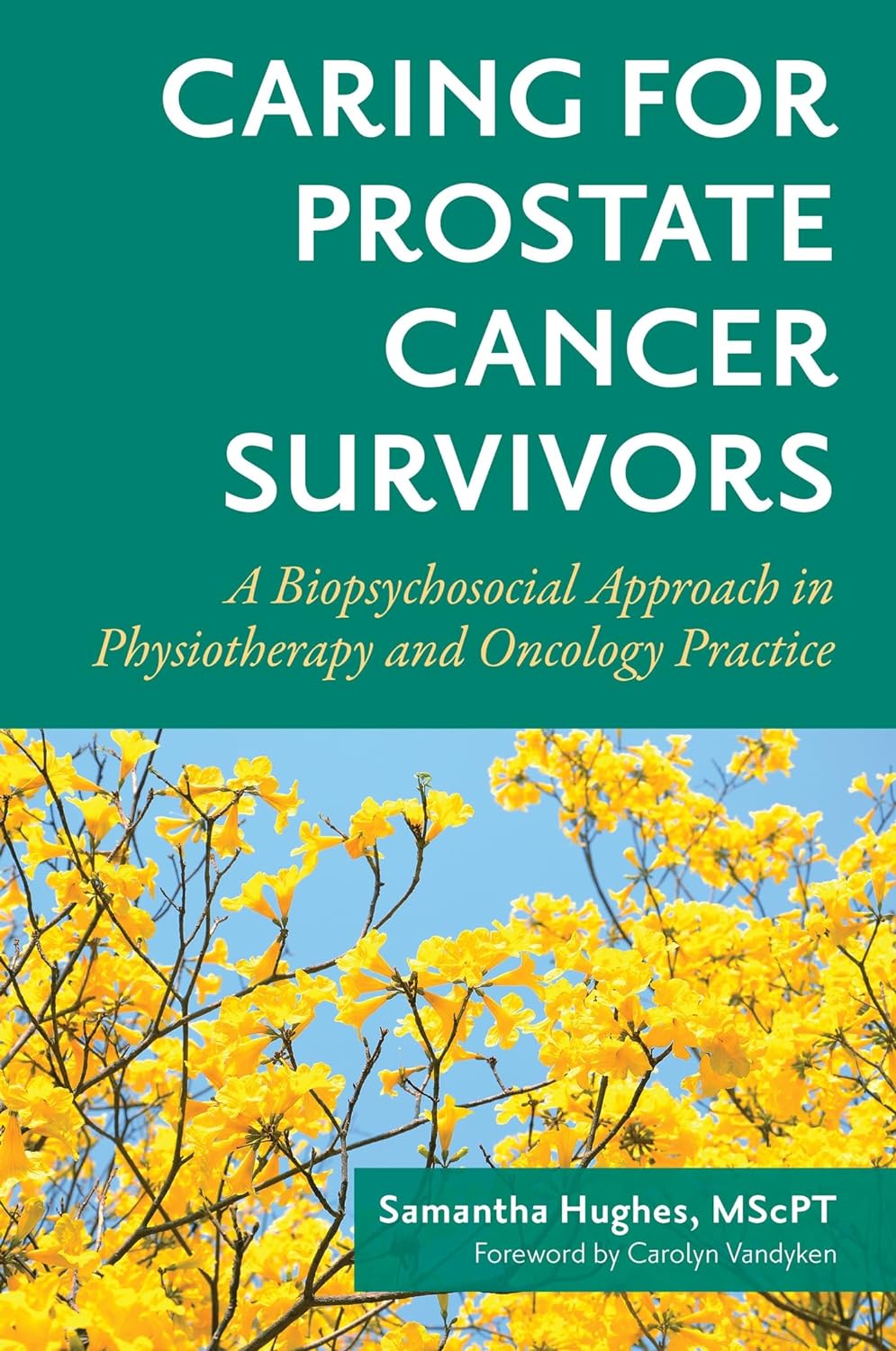The COVID-19 pandemic opened up a whole new world for physiotherapy, showing us that virtual care can be just as effective as in-person visits. While some people are still a bit skeptical, research keeps proving that telerehabilitation works—and that includes pelvic health physiotherapy.
What Is Pelvic Health Physiotherapy?
Pelvic health physiotherapy helps address a variety of concerns, like bladder, bowel, and sexual issues, as well as pelvic pain. It’s not just about one type of treatment—it can include pelvic floor muscle exercises, breathing techniques, movement therapy, stretching routines, and even strategies to improve mental and emotional well-being.
An integrative approach blends traditional physical therapy with complementary methods, recognizing that pelvic health often goes hand-in-hand with emotional, social, and even spiritual factors. It’s about seeing the whole person, not just the problem.
Why Virtual Care Works So Well
Research shows that active treatments—like exercises and self-care techniques—are super effective for chronic pain. And virtual platforms make it easier for people to stick to their treatment plans. Meeting from the comfort of home reduces stress and anxiety, especially for those who feel vulnerable discussing pelvic health issues in person. Plus, it puts patients in control, giving them the tools they need to take charge of their progress.
There’s solid evidence that virtual pelvic floor physiotherapy (PFPT) is just as effective as face-to-face care, including for conditions like urinary incontinence. A systematic review confirmed that telerehabilitation can match the results of in-person sessions, while being more convenient and accessible—especially for those living far from specialized clinics.
Our Experience with Virtual Pelvic Health
We’ve been offering 100% virtual pelvic health physiotherapy for over a year to men and women in British Columbia, Canada. And honestly? It works. Our patients have seen real improvements, especially those dealing with chronic pain and long-term symptoms.
Our approach starts with a thorough chat about their history and goals. We focus on movement, breathing techniques, and nervous system regulation before diving into pelvic floor muscle training—making sure it doesn’t worsen symptoms. It’s all about building a strong foundation before adding more specific exercises.
Patients often share how practicing at home makes a big difference. Without the stress of traveling to a clinic or feeling judged, they feel more relaxed and in control, which helps them stay consistent and see results.
Rethinking Physiotherapy
It’s time to move beyond the idea that physiotherapy is all about hands-on treatment. Virtual care challenges us to get creative—coaching, educating, and guiding patients from a distance. It’s not about doing less; it’s about doing things differently and recognizing that empowerment and education are just as crucial as manual therapy.

